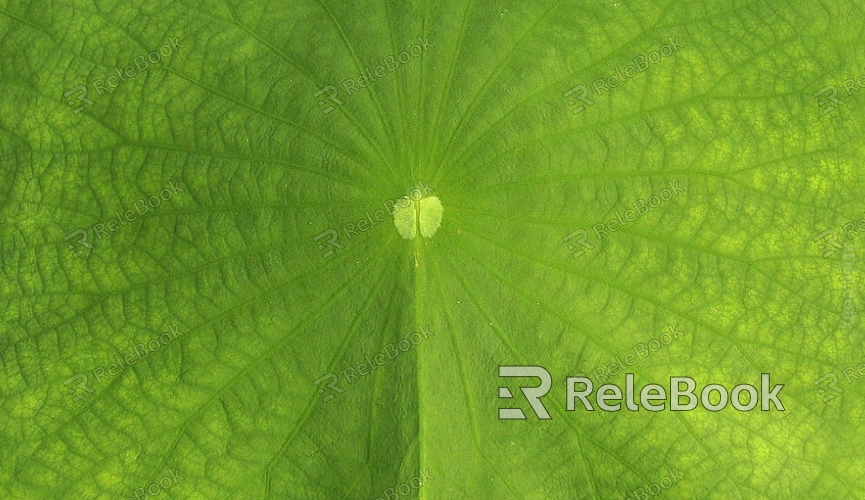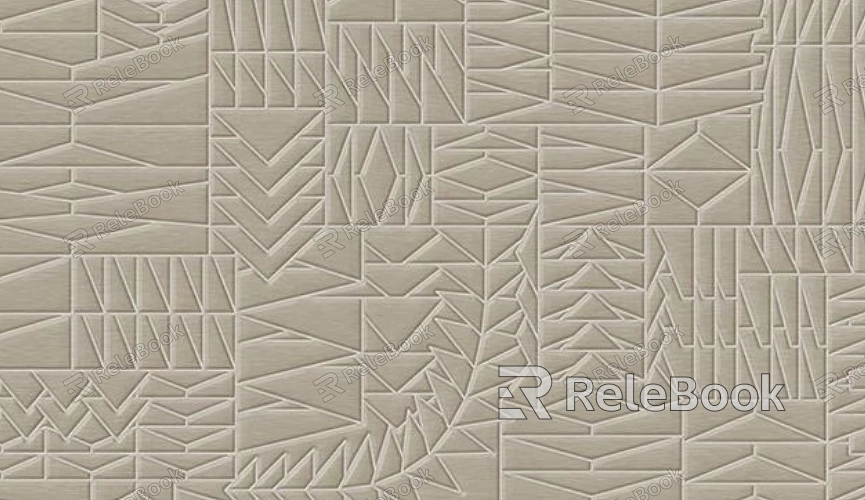How to Create a Texture for a 3D Model in Blender
Creating textures is a critical step in adding detail and realism to 3D models. It involves applying image maps, setting up materials, and refining surface details. To achieve accurate results in different rendering engines, mastering the technical workflow for texture creation in Blender is essential. This article explores how to create textures for 3D models in Blender, covering essential steps like UV unwrapping, texture painting, and material application, to help 3D designers enhance their workflow and creative output.

1. UV Unwrapping: The Foundation for Texturing
Before creating textures, you need to perform UV unwrapping. This process unfolds the 3D model's surface into a 2D plane, allowing textures to be applied efficiently.
Choose the Right Projection Method: Blender offers various UV mapping methods, such as spherical, cubic, planar, and angle-based. Selecting the appropriate projection method based on the model type ensures that textures are not stretched or distorted.
Optimize UV Layout: Make sure the UV map has no overlapping areas and is well-organized. Proper UV unwrapping enhances the quality of texture mapping and reduces seams or unnecessary distortions.
2. Creating Basic Textures
Once UV unwrapping is complete, the next step is creating the basic textures. Blender provides a range of tools for texture painting and editing, allowing designers to add colors, details, and effects to the model.
Texture Painting Tools: Blender has built-in texture painting features, allowing designers to paint textures directly onto the model in the 3D view. Using "Texture Paint" mode enables real-time visualization, significantly improving workflow efficiency.
Importing Textures: If you already have texture images, you can import them into Blender. By using the "Image Texture" node, you can apply them to your material and fine-tune how the textures interact with lighting and reflections for an optimized result.
If you're finding it difficult or time-consuming to source high-quality 3D textures or don't know where to start, you can visit Relebook and download a variety of premium 3D texture resources at https://textures.relebook.com/.
3. Using Material Nodes for Complex Textures
Blender’s material system is incredibly powerful, and using the node editor allows you to create more intricate and refined texture effects.
PBR Material Setup: Physically Based Rendering (PBR) materials ensure that textures appear realistic under various lighting conditions. Blender supports PBR textures, including roughness, metallic, normal, and displacement maps, which add realistic surface details to models.
Adding Detail: Normal maps and displacement maps can be used to simulate tiny surface imperfections, making textures look more detailed and lifelike. Specular maps help control the material’s shininess, enhancing the overall visual impact.

4. Adjusting Texture and Material Properties
Once the textures are created and applied to the model, it’s crucial to tweak the properties of both the material and textures to achieve the most realistic result in the final render.
Reflection and Glossiness: In Blender, reflection and glossiness play key roles in material appearance. Adjusting the reflection intensity and glossiness allows you to control how shiny or matte the surface appears, giving the texture a more natural look.
Refining Texture Details: You can further enhance texture realism by adding subtle details, such as cracks, stains, or wear effects. These small additions help simulate real-world imperfections and bring the model’s surface to life.
5. Texture Optimization and Performance Considerations
While maintaining texture quality is crucial, optimizing texture performance is equally important, especially when rendering multiple models or working in real-time engines.
Texture Compression: Compressing textures into appropriate file formats can significantly reduce their file size, improving rendering efficiency. Common formats like PNG, JPEG, and TGA can be chosen based on project needs.
Managing Texture Resolution: Avoid using overly high-resolution textures, as large textures can consume excessive GPU memory and impact performance. Adjust the resolution to maintain a balance between visual quality and rendering speed.
6. Testing and Adjusting
Once the textures are applied, it’s time to test them in Blender’s render view to ensure they meet expectations. Fine-tuning under various lighting conditions can help achieve the desired look.
Test Lighting and Shadows: By adjusting lighting setups, you can test how the textures behave under different light sources. Properly managing light and shadows adds depth and enhances the texture’s realism.
Refining the Details: Based on test renders, make any necessary adjustments to texture brightness, contrast, or hue to fine-tune the final look and ensure it aligns with the project’s visual goals.
7. Exporting Textures and Models
After finishing the texture and material setup, the final step is to export the textures and the model for use in other software or game engines.
Exporting Textures: Choose the appropriate file format (such as PNG or TGA) to export textures, ensuring they retain the quality and clarity needed for the project.
Exporting the Model: Export the completed 3D model in formats like FBX or OBJ that are compatible with game engines like Unity or Unreal for further application and rendering.
Creating textures for 3D models in Blender is a detailed process, involving UV unwrapping, basic texture creation, complex material setup, optimization, and final export. By mastering these steps, designers can achieve high-quality textures that make models look more realistic and polished in renderings. Understanding these techniques also helps designers optimize workflows and apply them to different projects.
If you’re searching for high-quality 3D textures, SketchUp models, or 3ds Max models to create models and virtual environments, Relebook offers a wide range of resources to help you achieve outstanding visual results in your projects.

